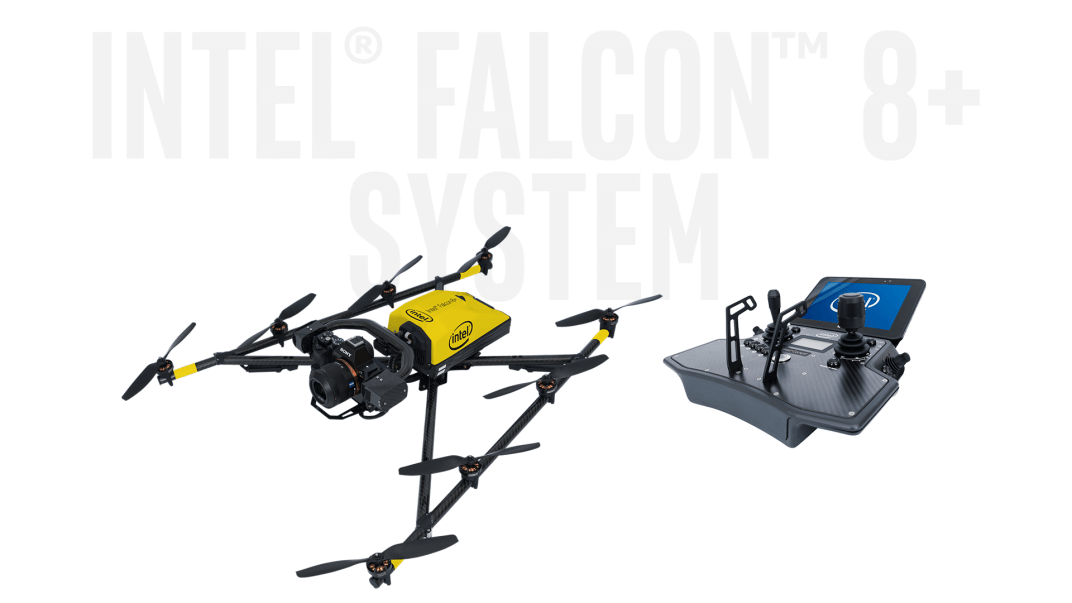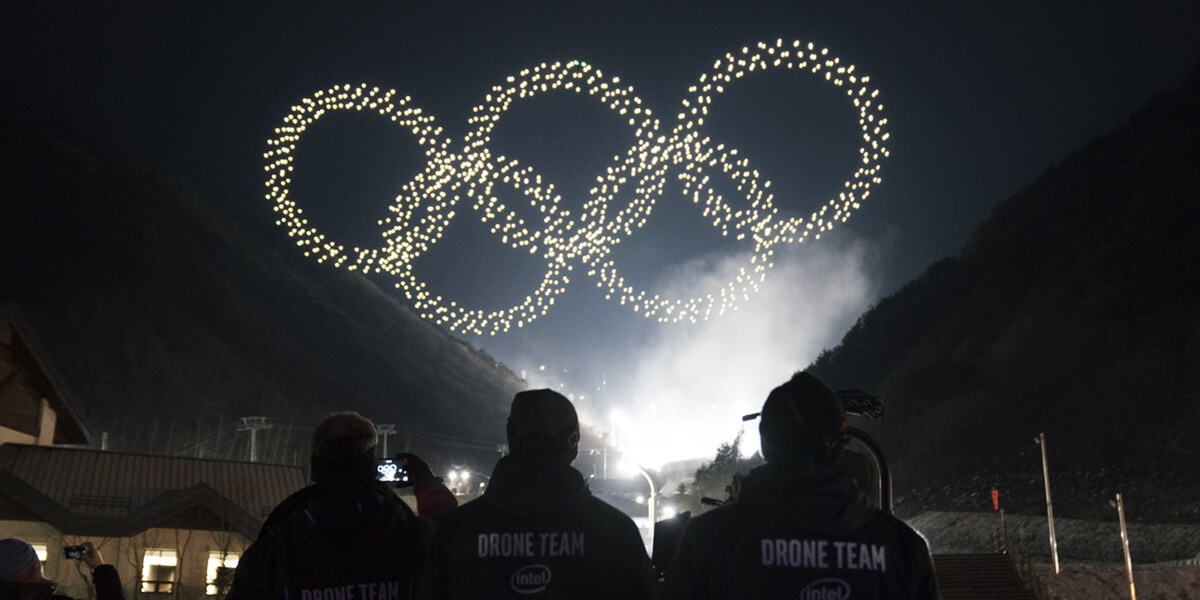Intel brought out no less than 1,218 Shooting Star drones to the 2018 Winter Olympics, but why stop there? For the company's 50th anniversary this summer, Intel is inviting employees and their families to an aerial display with more than 1,500 drones in the air at once.
Each Shooting Star drone is designed with six-inch rotors and equipped with LEDs that can create more than 4 billion color combinations. On-board GPS helps each unit hover in place in a coordinated fashion outdoors while one pilot controls the entire fleet using a single computer. For indoor use, Intel has developed its own proprietary systems to use when GPS is unavailable.
The main goal of the stunt aside from pure entertainment is to show that Intel's technology can be applied across a wide range of industries. Improving search and rescue abilities as well as remote inspection are two applications being advanced.

Intel's newest target markets include oil refineries and farmers. The Falcon 8+ is designed to provide highly detailed imagery of hard to reach places. Flight plans can be created by drawing routes over satellite imagery making it relatively simple to capture the desired footage and still images. Today at the Outdoor Unmanned Xperience, Intel is expected to show off new software to make use of the captured data.
Simply capturing photos and videos from a drone is no longer a difficult task, but it can take many days of work to turn the information into useful forms. The creation of 3D environments tagged with all metadata captured could be streamlined by Intel's work.
At its core, Intel is likely to remain a chip maker, but is moving towards a "data-centric" approach to say that they can do more than just traditional computer hardware. In 2017, drones drove over $2.2 billion in revenue across the industry. By 2025, this is expected to break $51 billion as estimated by ABI Research. Within the next decade, shipments of drones could top 1 million units annually.
